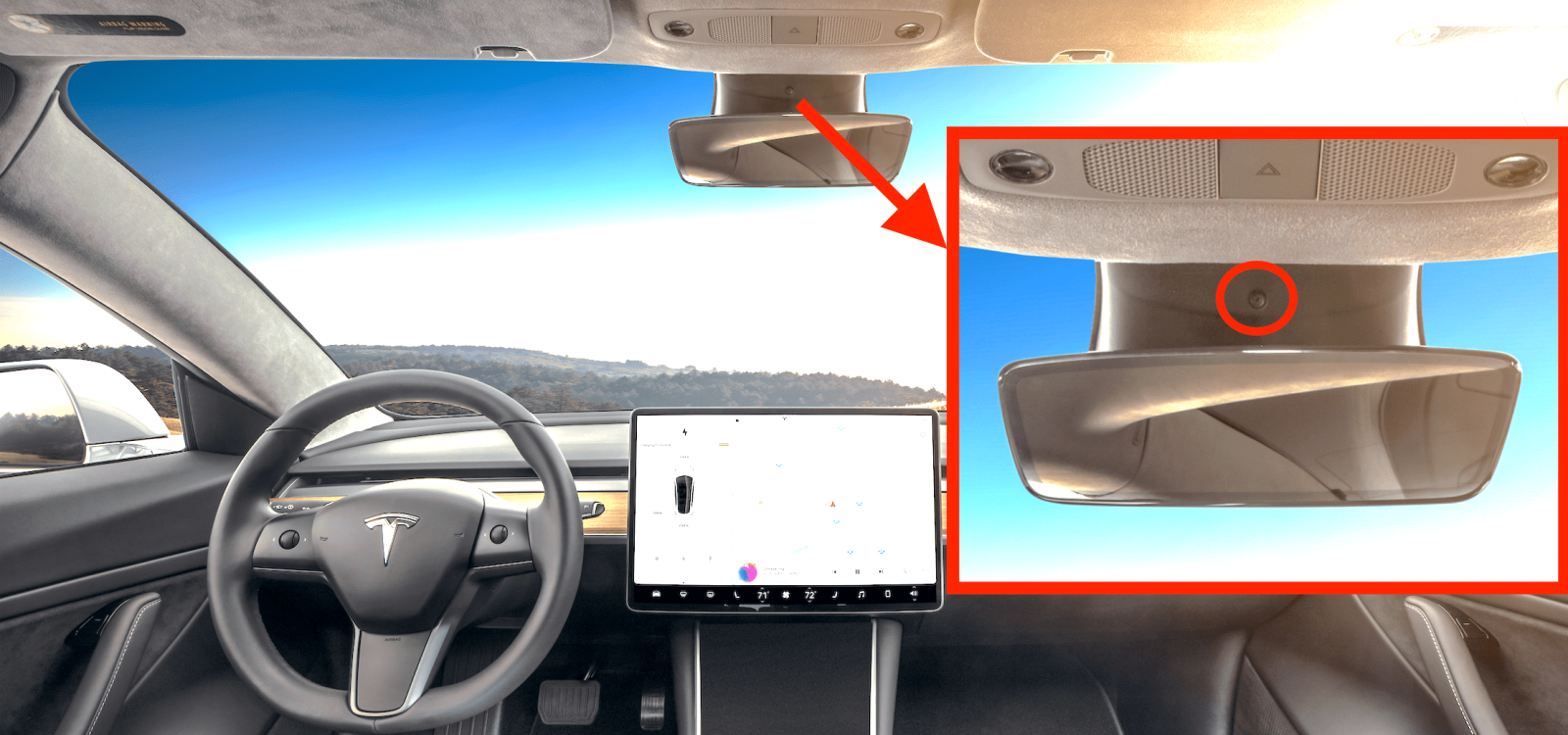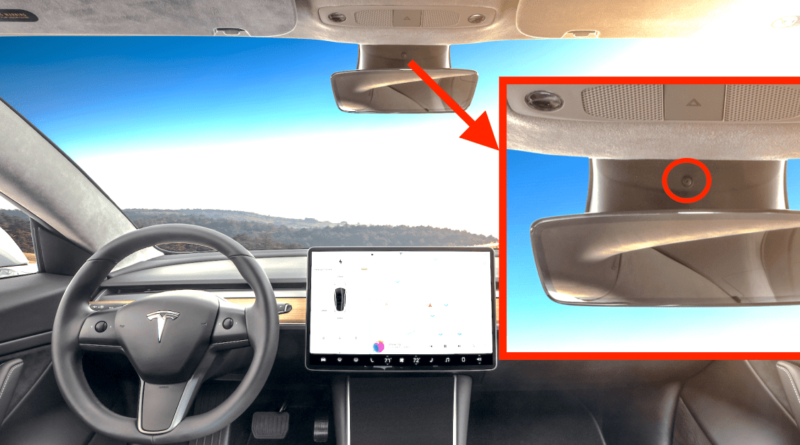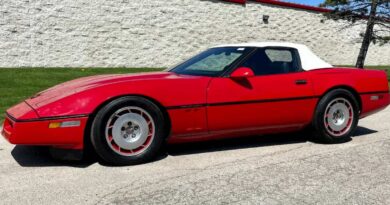Tesla starts monitoring drivers for yawns and eye blinking

Tesla is stepping up its in-car driver monitoring as it starts to count yawns, blinks, and more to keep track of how drowsy the driver is.
Over the years, Tesla has been criticized for not putting a lot of emphasis on driver monitoring with its advanced driver-assist features under the Autopilot and Full Self-Driving packages.
For years, Tesla only was able to detect torque on the steering wheel, and therefore, drivers had to move the wheel to let the system know they still had their hands on the wheel.
This is still Tesla’s primary way to perform driver monitoring, but the automaker has also started using its cabin-facing camera in 2021. Tesla uses the camera to make sure the driver is watching the road and not using handheld devices.
Now Tesla is taking its driver monitoring to a whole new level. Green, a Tesla hacker known for revealing new features found in Tesla’s software, has discovered that the automaker is now tracking other things like yawns and blinks:
Interestingly, it’s not just being done when using Autopilot or FSD Beta. Green says that Tesla is also tracking these metrics when drivers are themselves driving:
It also looks like they are planning to apply this even when not on AP (which is a very right move!) by seeing how well-centered the driving is, how many lane keep assist warnings and corrections happened lately.
But Green couldn’t find anything about what Tesla plans to do with this information or if it reaches a certain threshold.
Electrek’s Take
This is an interesting development and certainly a step in the right direction.
Tesla seemed uninterested in driver monitoring because it is more useful for level 2 and 3 autonomy and the automaker was always confident that it could deliver level 4 and 5 autonomy quickly.
This has obviously not been the case and now Tesla is adapting.
Well-executed driver monitoring can improve safety, but the thing that Tesla drivers have been wishing for is that it would reduce the number of alerts to apply pressure to the steering wheel, which is often called “Autopilot nag”.
It still hasn’t been the case, but maybe this new development could eventually lead to less nag.
Source : Autonews.com




